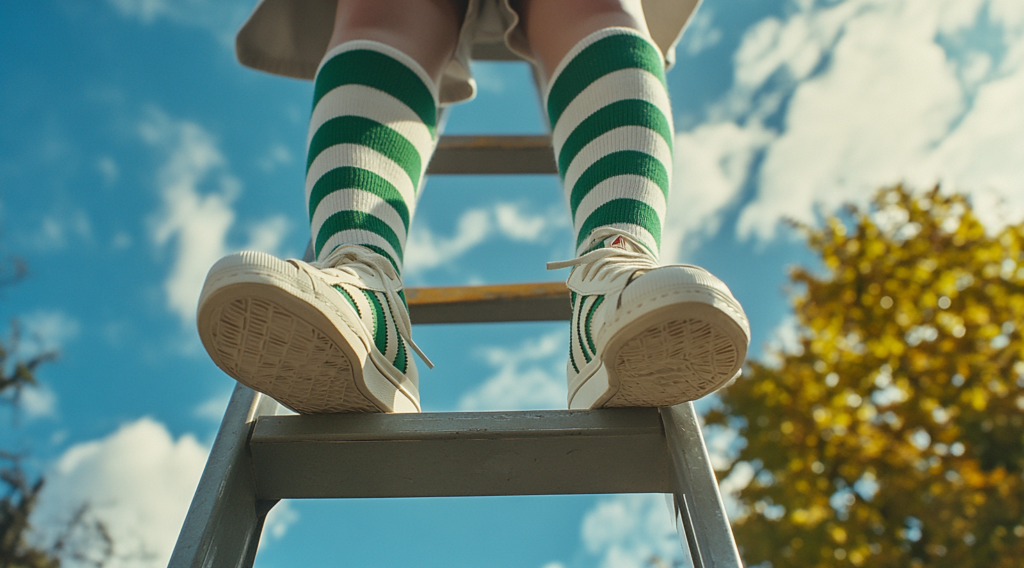
When it comes to exercise, small things can matter a lot. Wearing the wrong workout socks can cause pain, blisters, or even injuries. These problems might slow down your progress.
Socks that fit well, especially compression workout socks, can make you feel better and perform better. Compression socks lower muscle pain and help you recover after hard workouts. Also, workout socks made from sweat-wicking materials keep your feet dry. This stops irritation during long workouts.
These simple changes help you focus on your goals without sock-related problems.
Key Takeaways
- The right socks stop pain and blisters during exercise.
- Compression socks help blood flow, ease soreness, and speed recovery.
- Pick socks that keep feet dry and comfy with special fabrics.
- Check for blisters or pain to see if socks are a problem.
- Seamless socks lower rubbing and irritation, making workouts better.
- Socks should fit well: snug but not too tight for good blood flow.
- Good socks last longer and save money by needing fewer replacements.
- Choose socks that match your activity for the best comfort and performance.
How Can the Wrong Socks Impact Your Workout?
When you think about workout gear, socks probably rank low on your priority list. But this small piece of fabric can make—or break—your training performance.
Wearing the wrong socks can lead to blisters, overheating, odor, and fatigue, all of which reduce efficiency, endurance, and comfort during exercise.
Let’s break down the specific problems low-quality socks cause during intense training.
What Are the Most Common Sock-Related Issues?
Small sock problems can cause big discomfort during workouts. Common issues include blisters, sweaty feet, and poor padding. Blisters happen when socks don’t fit well or rub your skin. This makes every step during exercise painful and hard.
Sweaty feet are another big problem. Socks made of bad materials trap sweat. This leads to bacteria growth and bad smells. Thin or old socks also lack padding. Without support, your feet hurt during running or jumping.
Tip: Check your socks for holes or worn-out spots. Even small damage can cause pain during workouts.
Can Socks Really Affect Your Endurance or Speed?
Yes, they can. Bad socks make workouts harder. Socks that don’t remove sweat make your feet wet and heavy. This lowers your energy during long exercises. Good socks keep your feet dry so you can focus better.
Socks that don’t fit well can slow you down. If socks slide or bunch up, you waste time fixing them. Compression socks help by improving blood flow. This gives your muscles more oxygen, boosting your speed and stamina.
What Warning Signs Should You Watch For?
Watch for signs that your socks are causing problems. Look out for:
- Hot spots or redness: These mean blisters might form from rubbing.
- Foot pain: This shows your socks don’t have enough padding.
- Sweaty or smelly feet: Non-breathable socks often cause this.
- Constant fixing: If socks slip or bunch, they don’t fit right.
Ignoring these signs can lead to injuries or infections. Picking the right socks helps you stay comfortable and perform better.
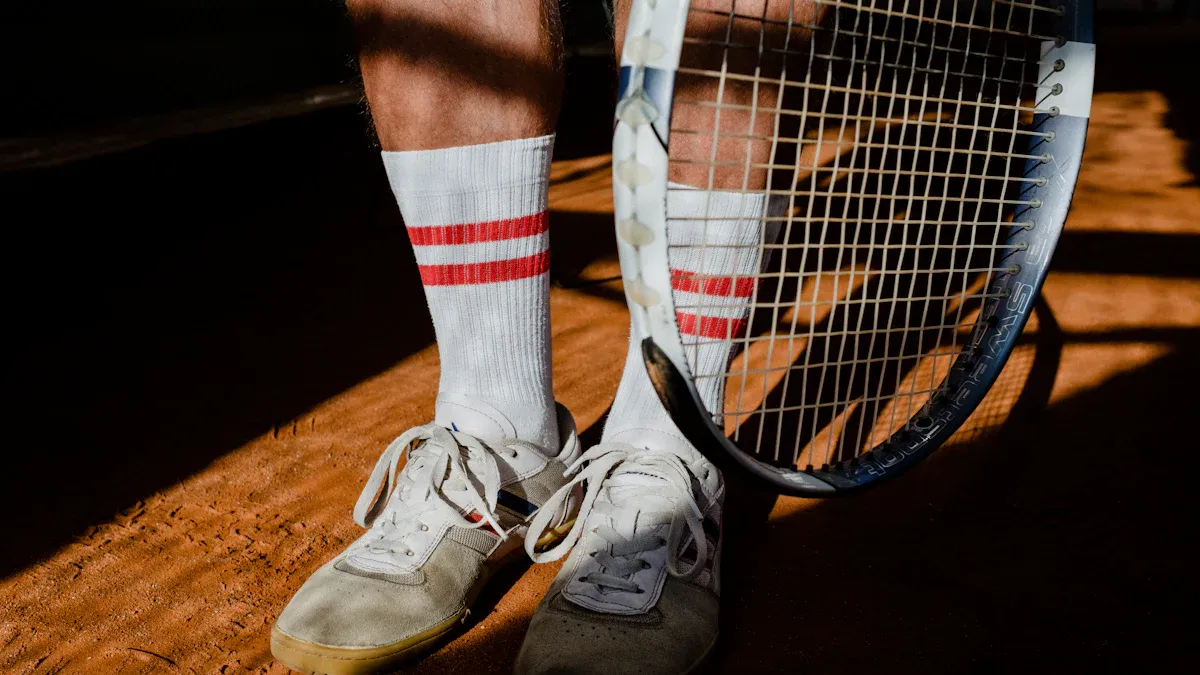
What Are the Signs Your Socks Are Holding You Back?
Your body gives subtle clues when something’s off. If your feet constantly ache or sweat excessively, your socks might be the silent culprit.
Persistent blisters, soggy feet, or overheating are strong signs your socks lack breathability, moisture control, or proper support.
Once you recognize the symptoms, the next step is choosing the right features in performance socks.
Why Do Your Feet Get So Hot or Sweaty?
Hot and sweaty feet during workouts might mean bad socks. Socks made from cheap materials trap sweat and feel uncomfortable. Good socks should keep moisture levels between 25% and 30%. If socks fail, sweat builds up fast. For example, cycling can make feet sweat 30-50ml per hour. Walking uphill increases this to 212-416g per square meter per hour.
Different parts of your foot sweat at different rates. The top of the foot sweats more than the bottom, about 70% versus 30%. Socks without breathability can’t handle this difference. This leaves your feet hot and sticky. Moisture-wicking socks help keep feet cool and dry during tough workouts.
Are Blisters Always Caused by Shoes?
Blisters aren’t always caused by shoes. Socks play a big role too. Friction between socks and skin creates rubbing that causes blisters. Sweat makes it worse, so pick socks that reduce friction and wick sweat away.
Here’s how different socks affect blisters:
| Sock Type | Blister Rate | Key Findings |
|---|---|---|
| Standard military sock | 69% | High blister rates in recruits |
| CoolMax® liner + padded sock | 40% | Fewer blisters and fewer sick visits |
| Double-layer sock system | Superior | Best at stopping blisters compared to single-layer socks |
| Acrylic fiber socks | Fewer blisters | Keep feet drier than cotton socks |
Switching to double-layer or acrylic socks can help prevent blisters. These socks manage sweat better and provide extra cushioning, keeping your skin safe.
How Do Poor Socks Affect Your Post-Workout Recovery?
Bad socks can slow down your recovery after exercise. Compression socks help muscles recover faster by reducing soreness and tiredness. One study showed marathon runners wearing compression socks recovered quicker and performed better. Another study found athletes in compression socks had less muscle damage and healed faster.
I’ve noticed compression socks reduce swelling after hard workouts. They improve blood flow, bringing oxygen to muscles and clearing waste like lactic acid. Bad socks, however, can leave feet sore and swollen, delaying recovery. Good workout socks are worth it for faster recovery and better performance.
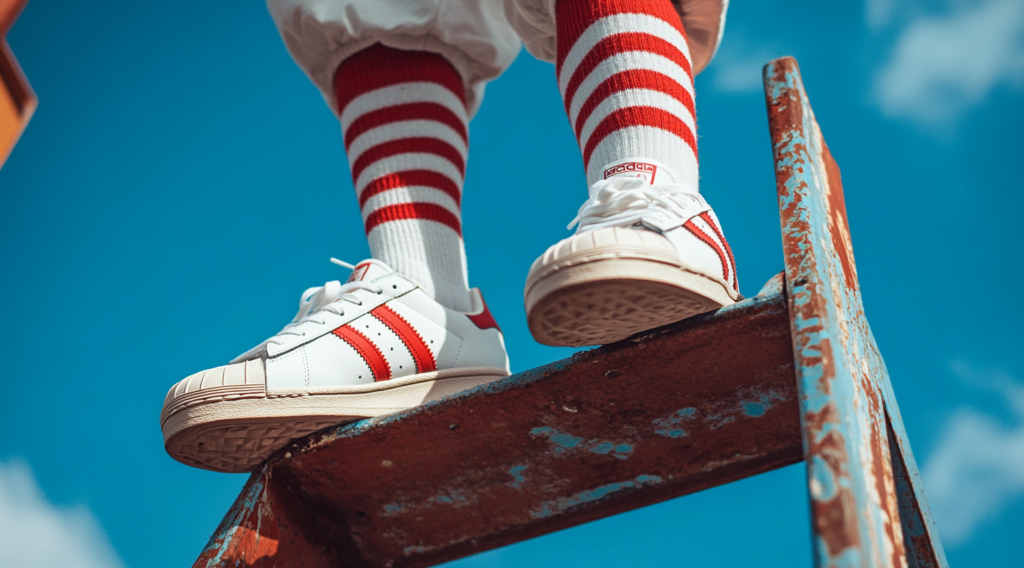
What Features Should You Look for in High-Performance Workout Socks?
Not all socks are built for athletes. Performance socks include smart design elements that help you push harder and last longer.
Look for breathable materials, snug compression zones, cushioned soles, and seamless toes. These features reduce friction, regulate temperature, and enhance support.
Let’s dive deeper into each of these must-have features to maximize your gains.
Which Materials Are Best for Keeping Feet Cool?
The material of your socks is very important. It helps keep your feet comfy during workouts. Breathable fabrics make a big difference, especially when exercising hard. Materials like merino wool and polyester blends are great. They let air flow and wick away sweat, keeping feet dry. Cotton, however, holds sweat and can cause blisters.
Here’s how different materials compare:
| Material | Breathability | Moisture-Wicking | Durability | Comfort |
|---|---|---|---|---|
| Merino Wool | Best | Excellent | Good | High |
| Synthetic Materials | Moderate | Good | High | Moderate |
| Cotton | Low | Poor | Low | Low |
| Polyester Blends | High | Excellent | High | High |
| Bamboo Fiber | High | Good | Moderate | High |
| Nylon with Spandex | High | Good | High | High |
Merino wool works well for cold weather because it keeps heat in. Polyester blends are good all year. Studies show fabric design affects airflow and sweat control. Picking the right material keeps your feet comfy, no matter how hard you train.
How Do Compression Socks Help Your Workout?
Compression socks are not just trendy; they really help. They reduce muscle soreness and tiredness during workouts. These socks gently squeeze your legs, improving blood flow. This brings oxygen to muscles and helps them recover faster.
Research backs this up:
- Compression socks improve blood flow in your legs.
- They stop swelling and prevent blood from pooling.
- They help drain fluids and ease discomfort.
One study shows compression socks stop blood from flowing backward. They also reduce muscle shaking and lactic acid buildup, which causes tiredness. Whether running or lifting weights, these socks help you perform better and recover quicker.
Why Are Seamless Socks More Comfortable?
Seamless socks might seem small, but they matter a lot. Seams can rub against your skin, causing blisters and irritation. Seamless socks remove these problems, letting you focus on your workout.
New knitting methods make seamless socks fit snugly. They also have extra padding to absorb shocks. This makes them great for tough workouts. Studies prove seamless socks prevent discomfort, so you can exercise without worrying about your feet.
Pro Tip: Choose seamless socks with extra padding for the best comfort and support.
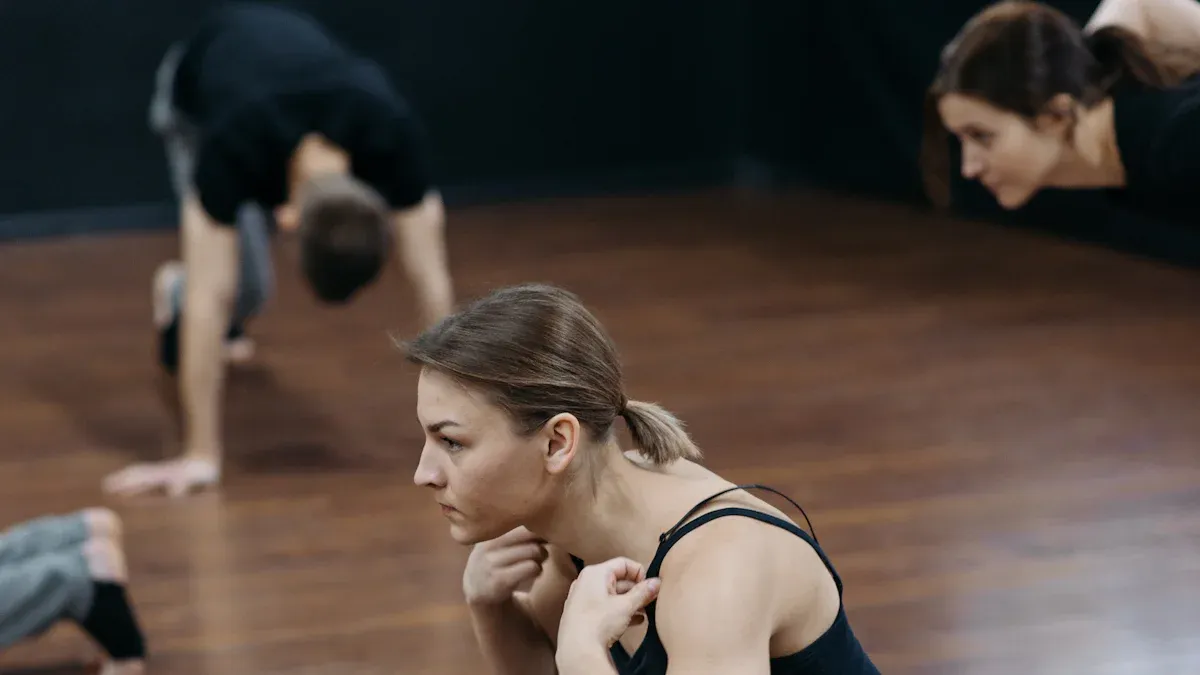
Why Is Sock Fit as Important as Your Shoe Fit?
You wouldn’t wear the wrong-sized shoes to the gym, so why tolerate poor-fitting socks? Ill-fitting socks can lead to shifting, bunching, and hotspots.
A properly fitted sock hugs the foot without slipping or pinching. It allows full range of motion while minimizing irritation.
Let’s look at how to pick the perfect sock size and structure for your feet.
Should Workout Socks Be Tight or Loose?
How your socks fit is very important for workouts. Socks shouldn’t be too tight or too loose. Tight socks can stop blood flow and cause swelling. Loose socks can bunch up and rub your skin, causing blisters. The best socks fit snugly but don’t squeeze your feet. This gives support and lowers the chance of injuries.
Good-fitting socks also help your shoes feel better. They reduce rubbing, which stops calluses and sore spots. Compression socks are even better. They give extra support to areas like your heel and arch. This makes workouts more comfortable and helps you stay steady.
Tip: Try moving around when testing socks. Walk or jog to see if they stay in place and feel good.
What’s the Ideal Length for Different Workouts?
The right sock length depends on what you’re doing. Different lengths work better for different activities. Here’s a simple guide:
| Sock Length | Description | Ideal Activities |
|---|---|---|
| Ankle Socks | Stop at the ankle, good for light activities. | Running, walking, casual wear. |
| Quarter-Crew Socks | Go a bit above the ankle, great for sports shoes. | Tennis, basketball, football. |
| Crew Socks | Cover part of the calf, common for casual use. | Hiking, weightlifting, everyday wear. |
| Mid-Calf Socks | Reach higher on the leg, good for formal outfits. | Business or professional attire. |
For running or cycling, ankle socks are best. They keep feet cool and don’t add bulk. Quarter-crew socks are better for sports with side-to-side movements, like tennis. Crew socks give more padding, which is great for hiking or lifting weights. Picking the right length helps your socks match your activity.
How Do You Know If a Sock Fits Properly?
A good sock fit is about more than size. Look for snugness, coverage, and how it moves. A sock should fit your foot shape without extra fabric. It should cover your heel fully and stay in place. If it slips, bunches, or feels tight, it doesn’t fit right.
High-quality socks often have elastic cuffs and arch support. These features keep socks from moving during tough workouts. Stretchy materials like nylon and spandex also help socks fit better. A proper fit makes socks more comfy and keeps you safe from injuries. This lets you train harder and recover faster.
Note: Replace old socks often. Even good socks lose stretch over time and won’t work as well.
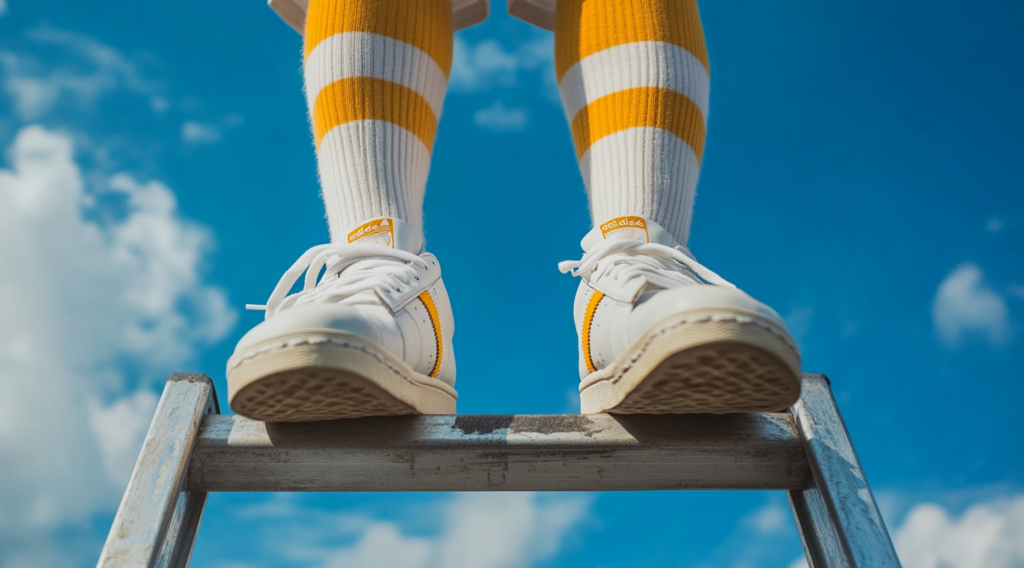
Are You Making These Common Mistakes When Buying Workout Socks?
Many people assume all socks are created equal. But that mindset leads to overlooked mistakes that harm athletic performance.
Avoid buying cheap multi-packs, all-cotton socks, or one-size-fits-all options. These often fail to provide the breathability and support you need.
Here are the most common buying mistakes and how to shop smarter.
Why Cotton Socks Are a Bad Choice for Athletes
Cotton socks might feel soft, but they’re bad for workouts. Cotton holds sweat instead of removing it. This makes your feet damp and can cause blisters or infections. Wet cotton socks feel heavy during exercise, making it harder to stay focused.
Many athletes switch to synthetic or wool socks and feel better. These materials pull sweat away and keep feet dry. Cotton socks also lose their shape fast. They bunch up and rub, causing irritation or even injuries. Picking the right sock material is key for comfort and performance.
Tip: Skip cotton socks for tough workouts. Choose moisture-wicking or breathable options instead.
How Budget Packs Can Cost You More in the Long Run
Buying cheap socks in bulk might seem smart, but it’s not. Low-cost socks wear out quickly because of thin fabric and bad stitching. You’ll need to replace them often, which costs more over time.
Cheap socks also lack support and protection. They don’t have features like arch support or cushioning. This can lead to pain, blisters, or injuries. It’s better to spend more on durable socks that last longer and work better.
Pro Tip: Think about cost per use when buying socks. Good socks cost more upfront but save money later.
Are Branded “Sports Socks” Always Reliable?
Not all branded sports socks are worth the price. Some brands focus on ads instead of quality. Many “sports socks” are just regular socks with a higher price tag. They might not have moisture-wicking fabric, compression, or seamless designs.
When picking workout socks, don’t trust branding alone. Check the materials, design, and reviews. Look for socks that meet your needs, like breathability or cushioning. Smaller brands often make great socks for less money than big-name ones.
Note: Read product details and reviews before buying. A famous brand doesn’t always mean better socks.
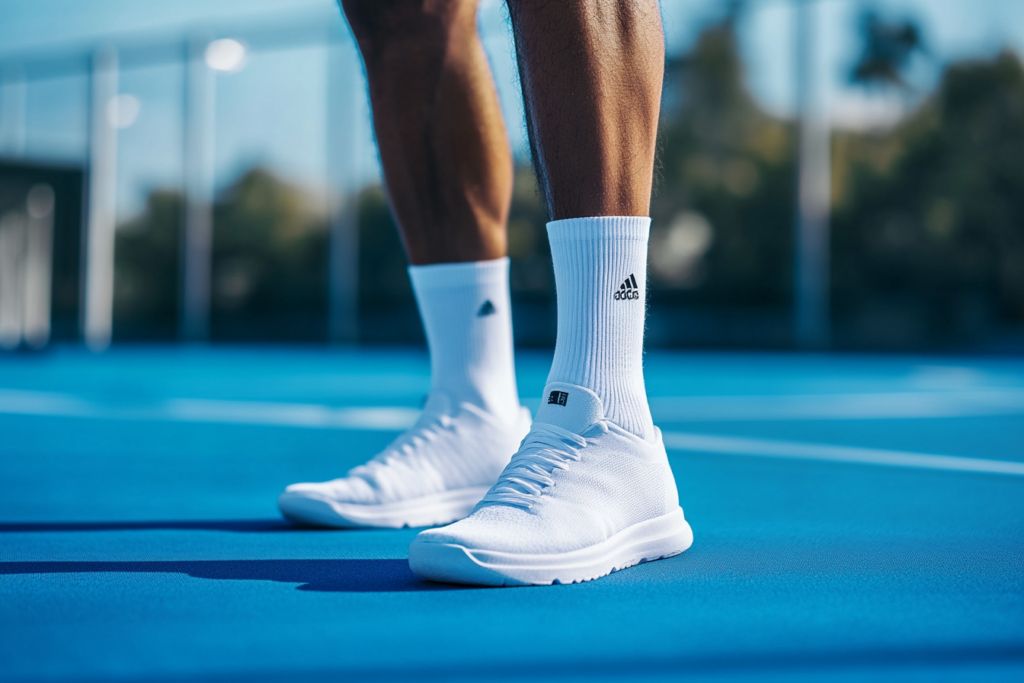
Can Breathable Workout Socks Really Boost Performance?
It might sound like hype, but breathable socks can create real differences in comfort, stability, and post-workout recovery.
By managing sweat, reducing heat, and providing targeted support, breathable socks help you train longer, recover faster, and stay injury-free
Let’s explore the science behind breathable socks and their impact on performance.
How Moisture-Wicking Technology Works
Moisture-wicking socks help keep your feet dry. They pull sweat away from your skin to the sock’s surface. There, the sweat evaporates, leaving your feet dry. During exercise, feet can sweat a lot. Without good socks, this sweat can cause blisters, discomfort, or infections.
I’ve found moisture-wicking socks make workouts more comfortable. Synthetic materials like polyester blends or merino wool work best. Studies show acrylic socks cause fewer blisters than cotton ones. Another study found wool-polypropylene socks absorb three times more sweat than polypropylene alone. These socks keep feet cooler and less damp. Choosing socks that manage sweat well is very important.
| Study Type | Sock Composition | Findings |
|---|---|---|
| Study 1 | 100% Cotton vs 100% Acrylic | Acrylic socks caused fewer and smaller blisters than cotton. |
| Study 2 | Thin Socks (same composition) | No big difference in blister rates between sock types. |
| Field Study | 50% Merino Wool / 33% Polypropylene vs 99% Polypropylene | Wool blend socks stayed cooler and absorbed 2.9 times more moisture. |
The Link Between Sock Ventilation and Endurance
Ventilated socks help you last longer during workouts. Socks that trap heat and sweat make feet feel heavy. This can make you tired faster and slow you down. I’ve felt this during long runs when my feet overheated in bad socks.
Breathable socks let air flow, keeping feet cool and dry. This makes workouts more comfortable and helps you stay energized. Research shows ventilated socks reduce sweat buildup. This improves endurance for activities like running, cycling, or hiking. With breathable socks, I can focus better and perform longer.
Do Pro Athletes Use Specialized Socks?
Pro athletes know good socks improve performance. Many wear special socks made for their sport. These socks often have moisture-wicking fabric, compression zones, and no seams. For example, marathon runners use compression socks to boost blood flow and reduce muscle pain.
Even team sports players, like basketball or soccer athletes, use sport-specific socks. These socks have extra padding, arch support, and ventilation for tough games. You don’t have to be a pro to benefit. Picking the right socks can help anyone perform better and recover faster.
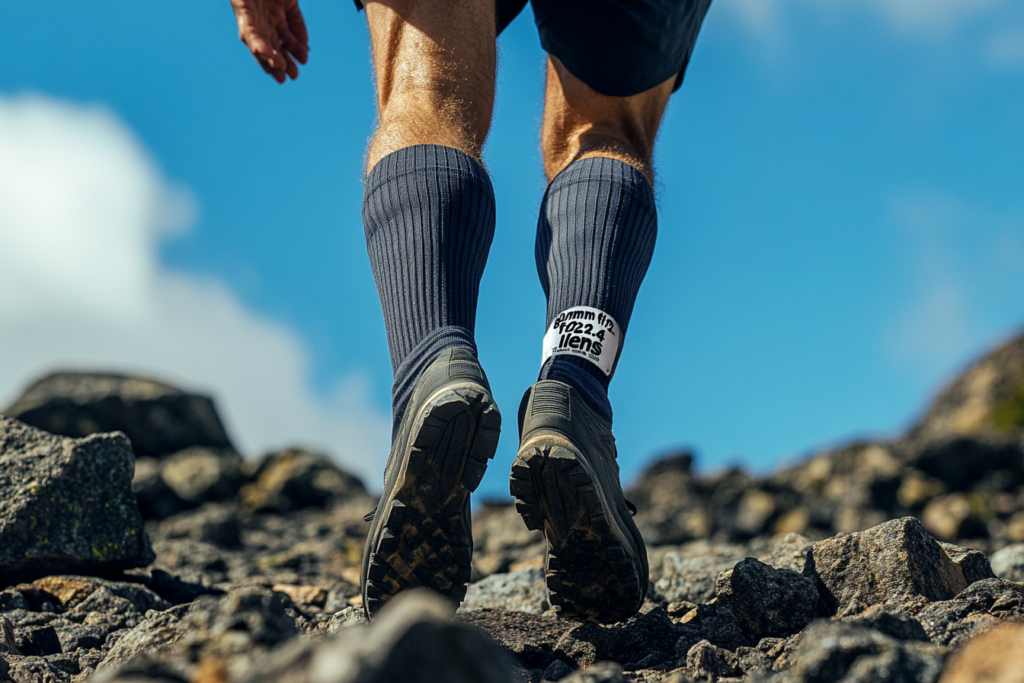
Conclusion
Are your socks helping or hurting your exercise? Wearing the right socks can improve how you perform and recover. Studies show compression socks help muscles recover faster after tough workouts. They also boost overall performance. Socks with good support and sweat-wicking materials keep your feet comfy and dry. This stops pain and distractions during exercise. Don’t let bad socks slow you down—choose ones that make your workouts better.
FAQ
How often should I replace my workout socks?
Change your workout socks every 6 to 12 months. Washing and wearing them often weakens the fabric. If they have holes, feel thin, or lose support, get new ones.
Can I use regular socks for workouts?
Regular socks don’t work well for hard exercise. They don’t remove sweat or give enough support. Workout socks stop blisters, reduce sweat, and feel better. Good socks protect your feet and improve your performance.
Are expensive socks worth the price?
Yes, pricier socks last longer and work better. They use special materials like merino wool or compression zones. Though they cost more upfront, they prevent injuries and outlast cheaper socks.
Do compression socks work for all workouts?
Compression socks help with most exercises like running or lifting weights. They boost blood flow and reduce muscle pain. For light activities like yoga, they aren’t as useful. Pick socks based on how hard your workout is.
What’s the best way to wash workout socks?
Wash workout socks in cold water with gentle soap. Don’t use fabric softeners; they ruin sweat-wicking features. Let socks air-dry to keep their shape and stretch. This helps them last longer and work better.
Can socks prevent foot odor?
Yes, socks that breathe and wick sweat stop bad smells. They keep feet dry, so bacteria can’t grow. Materials like merino wool and bamboo fight odors naturally. Clean socks and good hygiene keep feet fresh.
Should I wear double socks to prevent blisters?
Double socks can stop blisters by reducing rubbing, but they’re bulky. Instead, try double-layer or seamless socks. These give the same protection without extra thickness, keeping your feet comfy.
Are there socks for specific sports?
Yes, some socks are made for certain sports. Running socks focus on airflow and padding. Basketball socks support your ankles. Using sport-specific socks helps you perform better and avoid injuries.
Pro Tip: Use socks that match your activity for the best results.
Related
1.Sports compression garments: the expectations vs the evidence →
2.Should You Wear Compression Socks While Exercising? →
3.Findings on Foot Sweat (Including Regional Differences) →
4.Socks And Your Feet →
5.Protector or antagonist: managing blisters in athletes →
